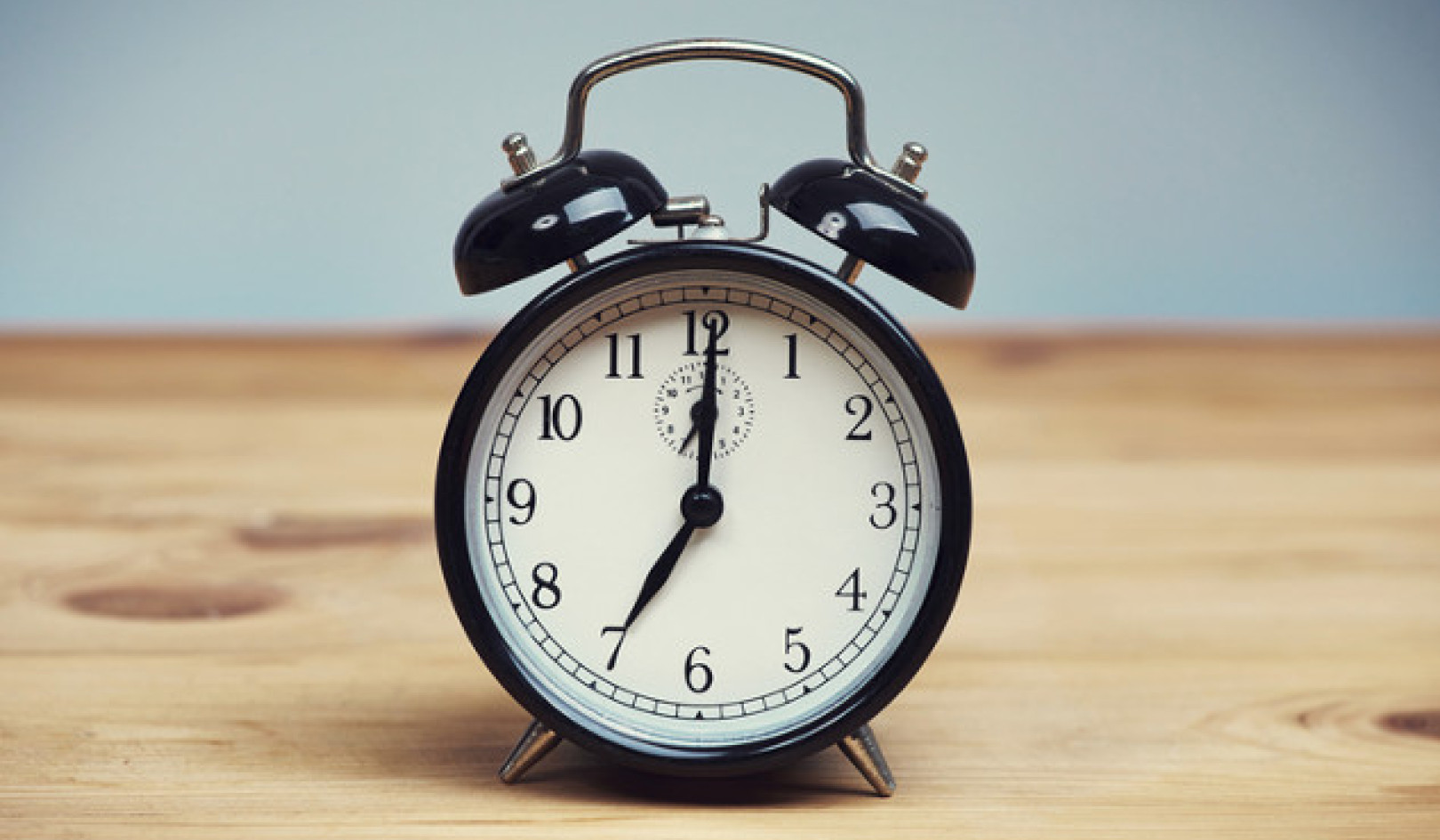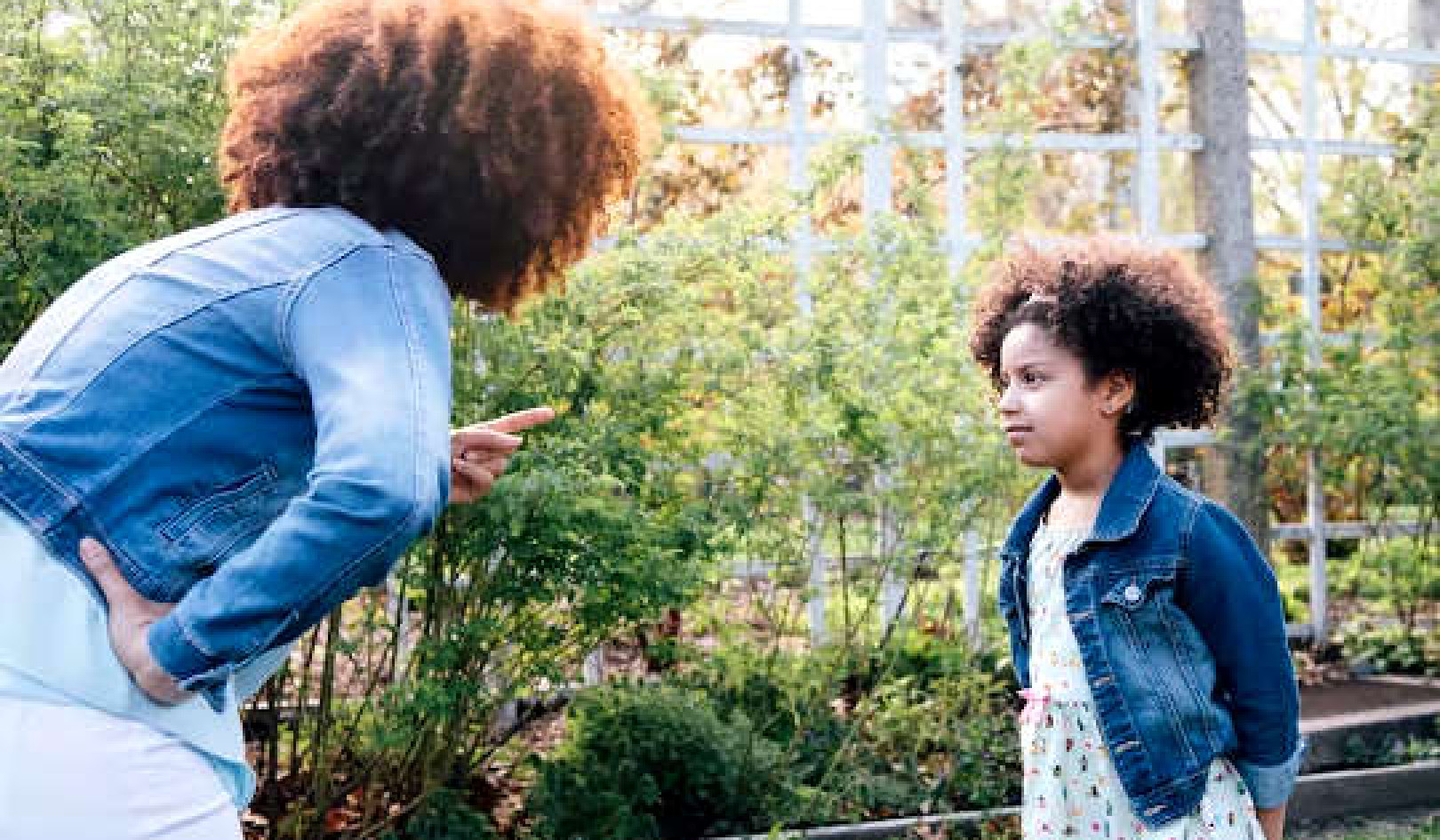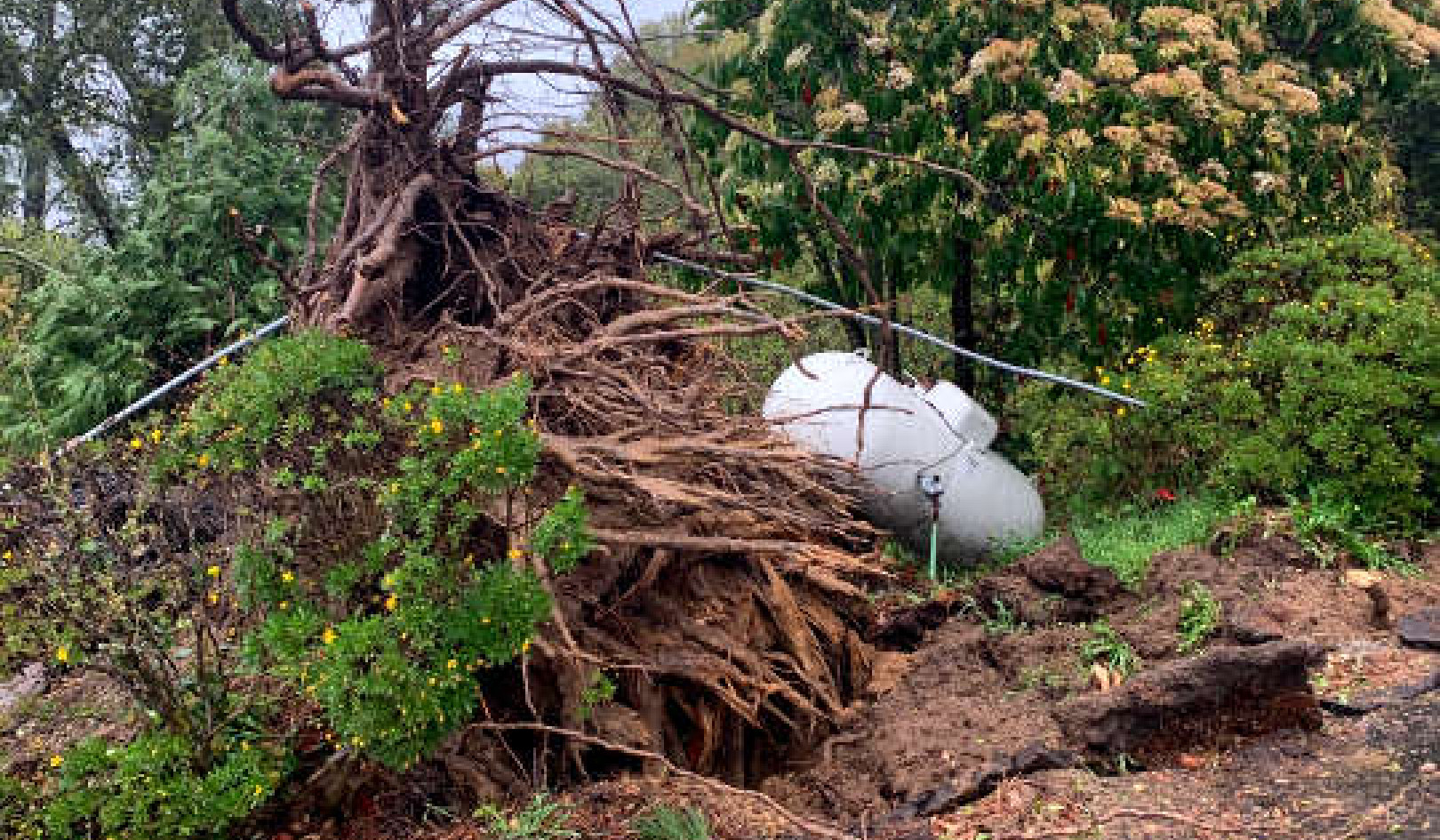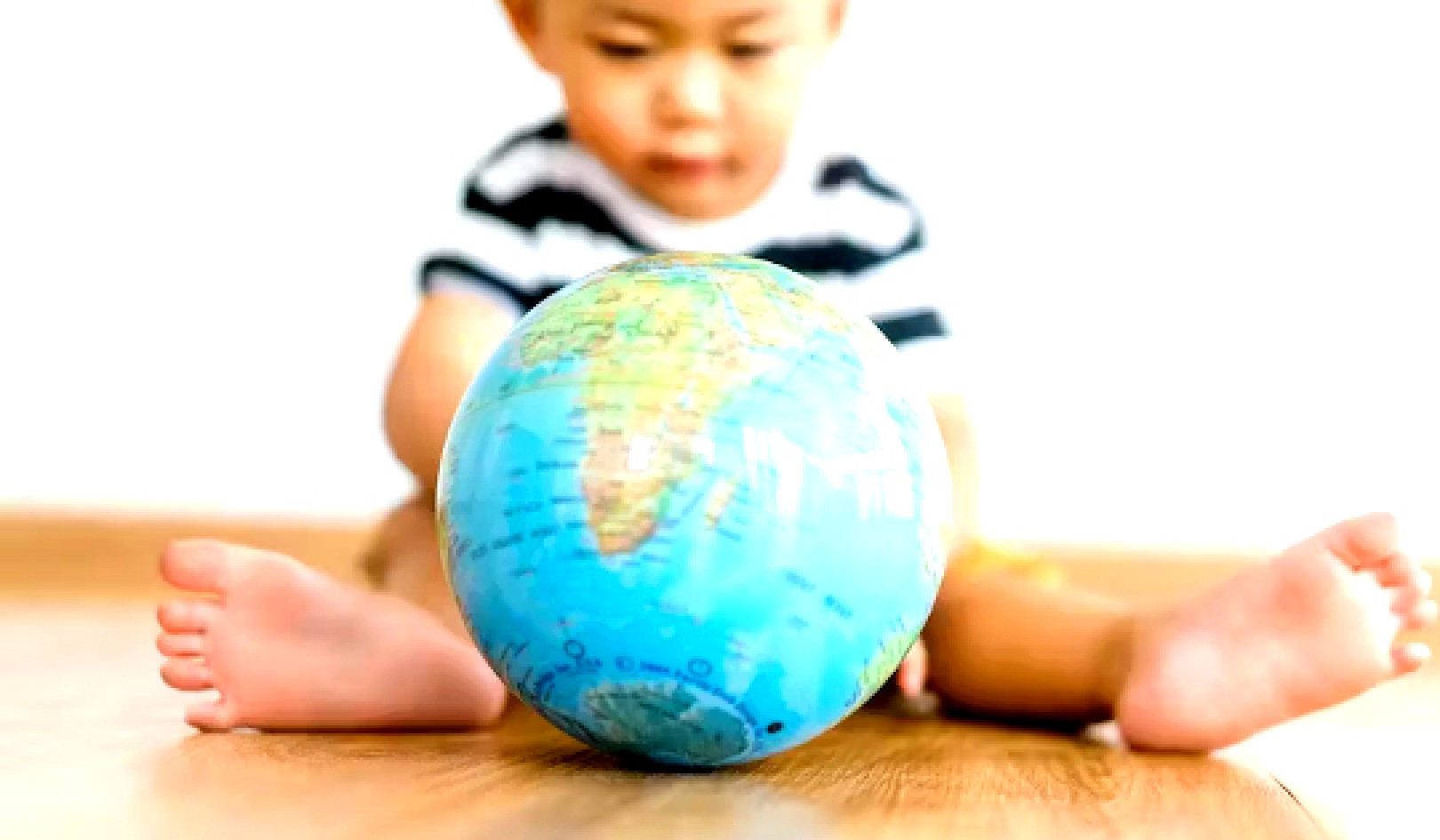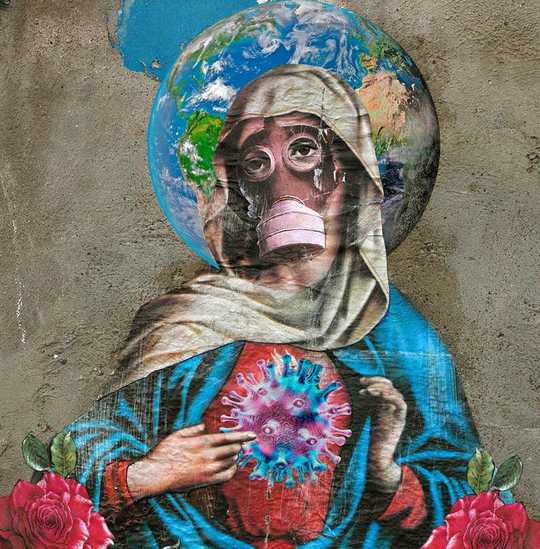 The Virgin Crown: appeared on a wall in Madrid on March 13, the day before Spain went into lockdown. Ernesto Muñiz
The Virgin Crown: appeared on a wall in Madrid on March 13, the day before Spain went into lockdown. Ernesto Muñiz
While millions of people across Europe and beyond have been forced into lockdown during the COVID-19 pandemic, some artists have used their time in isolation to create work using religious imagery as a way to tell the story of the crisis. On the streets of Madrid, graffiti artist Ernesto Muñiz reimagined the imagery related to the Immaculate Heart of Mary as a means of interpreting the current situation.
The Virgin’s heart becomes a rendering of the virus, the cause of the world’s suffering. The Virgin herself is wearing a gas mask, yet her sorrowful eyes, pose and garments are all instantly recognisable. This image of the Virgin seems to suggest that we should place our trust in science, wear our masks and the suffering will pass.
She is no longer the icon calling us to pray, but she is still asking us to have faith – this time in science.
This recourse to the image of the Virgin in particular should come as no surprise. To Catholics she is the perfect incarnation of suffering, hope and love. Western cultures have long turned to the image of the Virgin Mother for comfort or to express ideas about unconditional love. It’s why Beyoncé invoked her in the photos she released to mark the birth of her children, for instance.
During the 20th century, influenced by thinkers such as Marx, Nietzsche and Freud, the place of religion in society changed. People questioned its role and purpose. They also began to explore its diversity, as cultures changed and swapped ideas, helped by shifts in geopolitical power, the democratisation of education, and advances in technology. The period of crisis that culminated in two world wars and the detonation of an atomic bomb only hastened the search for new modes of spiritual belonging.
Art and spirituality in the hispanic world
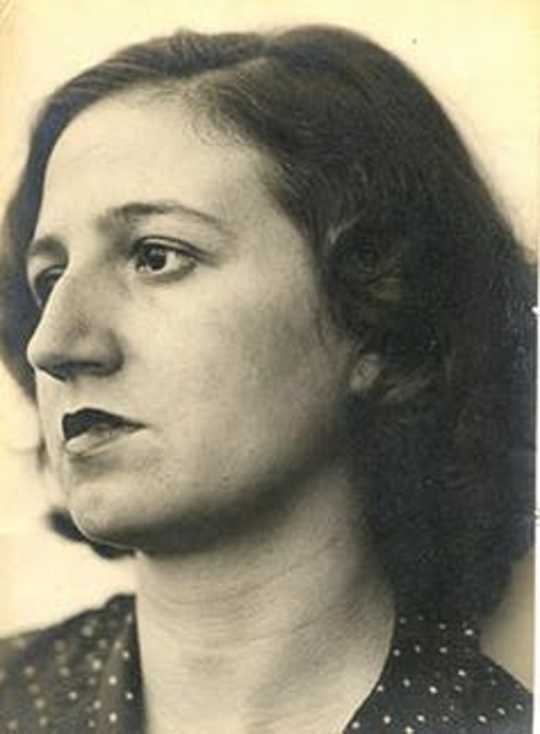 Raquel Forner: her depictions of the horror of war led to comparisons with El Greco. arte-online.net via Wikipedia
Raquel Forner: her depictions of the horror of war led to comparisons with El Greco. arte-online.net via Wikipedia
We’re working on a project that looks at the way religion and spirituality more broadly has been used by women artists and writers across the Spanish-speaking world. Even if religious practice and belief has waned, the cultural potential for spiritual images that try to address the fundamental question of what purpose our lives might have is still very much evident.
Argentine artist Raquel Forner spent time in Europe and witnessed the second world war. In El Drama, a series of paintings she completed between 1939-47, Forner drew upon a tradition of religious imagery to help make sense of the horrors of war.
Her works drew comparisons to those of the Spanish religious painter El Greco thanks to the colours she uses as well as the ways in which she renders some of her figures in this particular series. Then, from 1957 until her death in 1988, she worked on paintings that questioned what it meant to be human, especially in light of our expansion into space.
Another artist that recognised the potential for modern transformations of spiritual feeling was the Mexican artist Remedios Varo. She believed that the ritualistic practices of planning and executing a painting offered the solace found by many other people through religious belief. Displaced by war, disconnected from her family and friends and unsure about the future, she began to weave a personal spiritual vision, based on a diverse set of teachings, from Jungian psychoanalysis to witchcraft and GI Gurdieff’s Fourth Way.
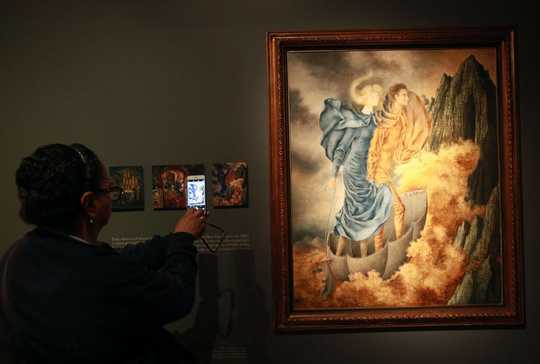 ‘La Huida’ (The Runaway) by Spanish artist Remedios Varo at Mexi?can Museum of Modern Art (MAN), September 2016. EPA/Mario Guzmàn
‘La Huida’ (The Runaway) by Spanish artist Remedios Varo at Mexi?can Museum of Modern Art (MAN), September 2016. EPA/Mario Guzmàn
Painting became Varo’s method of exploring the transformative impact of the ideas she encountered. Art was not a substitute for religion as it was for many modernists – for Varo it became an alternative religious practice, freed from the restrictions of centralised, hierarchical institutions.
Build your own spirituality
To see how widespread such shifts in religious belief and practice have been in the 20th and 21st centuries, we need only remember Pope Benedict XVI’s discomfort with such spiritual freedom. In a speech to young German Catholics in 2005 he warned against “do-it-yourself” religion, sometimes referred to disparagingly as “cafeteria” Catholicism or “pick-n-mix” Christianity.
Benedict, of course, was reacting to the ways in which religious practice has changed over centuries as it crossed borders between places, peoples and disciplines, warning that: “If it is pushed too far, religion becomes almost a consumer product. People choose what they like, and some are even able to make a profit from it.” Both Forner and Varo understood the fluid symbolic potency of such religious evolution even in a more secular time.
During the current crisis, many people – like Muñiz, the graffiti artist from Madrid – still draw on religious and spiritual imagery to help us make sense of what is happening. Even within the institutions of religion, the aesthetics of worship have had to adapt to the current lockdown.
We’ve seen selfies take the place of the congregation in a church in Valencia and the image of Virgin del Pilar made available via webcam for worship by people who would usually attend the Basilica del Pilar in Zaragoza, north-eastern Spain.
The Guardian published an image of a group of Colombian women praying in masks before receiving food handouts at Amigos Misión Colombia in Bogotá, among a selection of images showing how Latin America was adapting to the crisis.
It seems that the coronavirus has prompted many people to turn again to a patchwork of religious and artistic practices – weaving them together to give shape to their fear, but also to their need to embrace a creative community-building exercise.
No matter how secular and rational modernity or post-modernity might sometimes seem, it appears that we still need to turn towards some form of spirituality and even traditional religious imagery to help us. We need it to try to make sense of the world around us, especially when our lives seem more precarious and at the mercy of an invisible and unstoppable virus.![]()
About The Author
Eamon McCarthy, Lecturer in Hispanic Studies, University of Glasgow and Ricki O'Rawe, Lecturer in Latin American Studies, Queen's University Belfast
This article is republished from The Conversation under a Creative Commons license. Read the original article.

Related Books:
Prayer Journal for Women: 52 Week Scripture, Devotional & Guided Prayer Journal
by Shannon Roberts and Paige Tate & Co.
This book offers a guided prayer journal for women, with weekly scripture readings, devotional prompts, and prayer prompts.
Click for more info or to order
Get Out of Your Head: Stopping the Spiral of Toxic Thoughts
by Jennie Allen
This book offers insights and strategies for overcoming negative and toxic thoughts, drawing on biblical principles and personal experiences.
Click for more info or to order
The Bible in 52 Weeks: A Yearlong Bible Study for Women
by Dr. Kimberly D. Moore
This book offers a yearlong Bible study program for women, with weekly readings and reflections, study questions, and prayer prompts.
Click for more info or to order
The Ruthless Elimination of Hurry: How to Stay Emotionally Healthy and Spiritually Alive in the Chaos of the Modern World
by John Mark Comer
This book offers insights and strategies for finding peace and purpose in a busy and chaotic world, drawing on Christian principles and practices.
Click for more info or to order
The Book of Enoch
translated by R.H. Charles
This book offers a new translation of an ancient religious text that was excluded from the Bible, offering insights into the beliefs and practices of early Jewish and Christian communities.

















